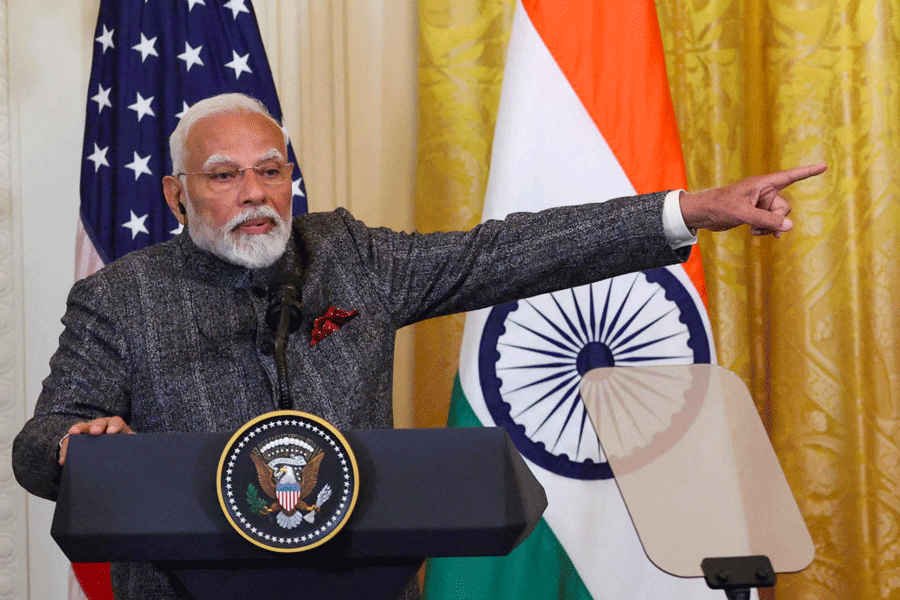|
|
What is the distance between the masculine and feminine perspectives on romantic love? And is a bridge between these perspectives possible? Some time back, I came across a somewhat unusual romance that takes on these questions. This was no racy and entertaining dose of contemporary pop psychology, but an English translation of a 14th-century Italian text. But this piece of fiction probes, in ways surprisingly meaningful to us hundreds of years later, the feminine and masculine aspects of human nature. In the process, it also hints at what a complex androgynous narrative voice may sound like when it tells a story of love. The text is called The Elegy of Lady Fiammetta, and it was written by the medieval Italian writer, Giovanni Boccaccio.
Boccaccio is best known for his grand framed narrative, The Decameron, a collection of a 100 loosely linked tales told by 10 Florentine aristocrats. These young people, three men and seven women, have taken refuge for 10 days in a villa outside the walls of Florence because the city is being ravaged by the Black Death. The killer disease has a powerful presence in the work; The Decameron begins with a description of the plague, and throughout the 100 tales, there are references to the physical, social and psychological effects of living cheek by jowl with death, of the fear of death, and of the constant anticipation of death. But despite this grim recurring motif, The Decameron contains stories that range from the bawdy to the erotic to the tragic.
One of the seven women partaking of this story-feast is called Fiammetta; and one of the young men is called Panfilo. Boccaccio himself noted that the names he gave his storytellers matched the qualities of the characters. Fiammetta means “small flame”; Panfilo means “completely in love”. It’s interesting to keep this in mind because both play the main roles in The Elegy of Lady Fiammetta, a very different sort of work from The Decameron.
What these two completely different literary creations have in common, however, is a remarkable humanist in the author. Boccaccio’s creative use of intricate structure and language, of fantasy and grotesque — as well as introspection — made him a quiet rebel pushing the boundaries of the accepted literary tradition of his time. His secular interests and relentless probing of the laws of nature gave his work what seems to us a startling ‘modern’ tone. And The Elegy of Lady Fiammetta, in particular, seems to treat its subject matter — the love of a woman for a man — using that peculiarly modern take, the psychological approach. In fact, this romance is something of a milestone in feminist literature. Though written by a man, the narrator’s voice belongs, consciously and deliberately, to a woman; and her narrative could arguably be viewed as one of the first psychological novels in a modern language. At the same time, it is an innovative piece of narrative, a sort of precursor of stream-of-consciousness fiction.
Lady Fiammetta, the first-person narrator and protagonist of the Elegy, recounts a story of love in which she is both betrayer and betrayed. While married to a loving husband, Fiammetta falls in love with the handsome young foreigner, Panfilo. The two, driven by irresistible passion, become lovers. But as in most love stories, this bliss is short-lived. Panfilo returns to his native land to look after his old father, promising to be back. He fails to keep his promise, and Fiammetta, in the sections that form the heart of the narrative, describes her longings, anguish and despair. Her myriad contradictory sentiments drive her to desperation and to an unsuccessful suicide attempt. Fiammetta finally resolves to seek out her lover in his native land. So determined is she that she manages to get her husband to promise his help, disguising, of course, her true intent from him.
This is the bald story. But it is the way in which the story is told that makes the narrator’s voice so unique. What, Fiammetta seems to be asking throughout, is this strange thing called love, and what is its power? Using herself as the subject, she attempts an answer to this question — for instance, by making use of a dream and its ability to hold complexities of meaning. “The gods made the future clear to me,” she says, “by means of a revealing vision.” In the first part of this dream, she wanders about a field, singing to herself, as she gathers flowers to weave a garland. In the second part of the dream, she lies down to rest where the grass is thickest. At this sensuous moment, when both she and the reader can almost feel the damp lushness against her skin, a serpent seems to bite her under her left breast. The snake’s bite burns her; still she feels the need to hold the snake in place against her breast. When the snake lets go of her — having swallowed much of her blood — it leaves her breast against her will. Even stranger, it takes her “spirit” with it, so that the clear day grows cloudy; she can feel turbulence both inside her and around her.
The narrative strategy of the Elegy is also noteworthy for the multiplicity of voices submerged within a single woman. To begin with, it is written by a male pretending, indeed determined, to be the intimate first-person voice of a woman. Then Fiammetta announces that she is addressing an exclusively female audience, making an indictment of men as both readers and lovers. Of course, this rejection of men cannot be taken literally. It only adds an edge to the three sets of relationships informing the structure of the work: that between the two lovers in the story; that between Fiammetta the protagonist and Fiammetta the narrator; and that between Fiammetta the protagonist and Boccaccio the narrator.
One possible reading of this composite voice is that, to explore certain aspects of love, the man has to shed the male stereotype and assume a more female persona — to “feel with a woman’s heart” the entire emotional range that reduces a lover like Fiammetta to a state of vulnerability. Another possible reading is that Fiammetta is part of the male exercise of imagining the ideal woman. Scholars have suggested that as the idealized lady of one of the three great writers of the early Italian Renaissance, Fiammetta may be more “real” to us than her predecessor, Dante’s Beatrice, or her contemporary, Petrarch’s Laura. Part of the reason for this is that in a work like the Elegy, the woman is, in a sense, allowed to speak for herself in what could well be “her own voice”. Modern readers and critics could possibly view Fiammetta as a pathetic victim of male cruelty, an irresponsible fool, a sophisticated, cunning, and wholly disingenuous female, or a bold and passionate woman. But whatever the judgment of her obsessive quest for love, Fiammetta stands out among imagined medieval women. Through her, the Elegy becomes a psychological exercise through which a woman acquires an awareness of her distinct identity as a complex voice that holds not only the feminine, but also the androgynous.











